Last August I had the amazing opportunity to thru-hike the Long Trail in Vermont. Traversing the entire state lengthwise from the border of Massachusetts to the border of Canada, the 273 mile trail was the first long distance hiking trail in the U.S. In fact, as legend goes it was the inspiration for the development of the Appalachian Trail.
This trail was a great physical and mental trial run for my upcoming Appalachian Trail (AT) thru-hike. After many years of backpacking, including 300 miles on the AT in 2020 and 300 miles on the Colorado Trail in 2021, I thought I knew a thing or two about hiking. The Long Trail however, was very humbling. That trail is exceptionally hard, mostly due to its rugged terrain. Don’t be fooled by the two to four thousand foot Green Mountains. They are modest in stature but torturous in difficulty. (Proof that size doesn’t matter). The trail has a ton of elevation gain and loss, steep ascents with no switchbacks, and many rocks and roots to dodge.
As with most challenges, lessons were learned. I start my AT hike almost exactly six months after completing the Long Trail, a good amount of time to adjust my physical training, tweak my gear, and prepare myself mentally. Some of my take aways are below.

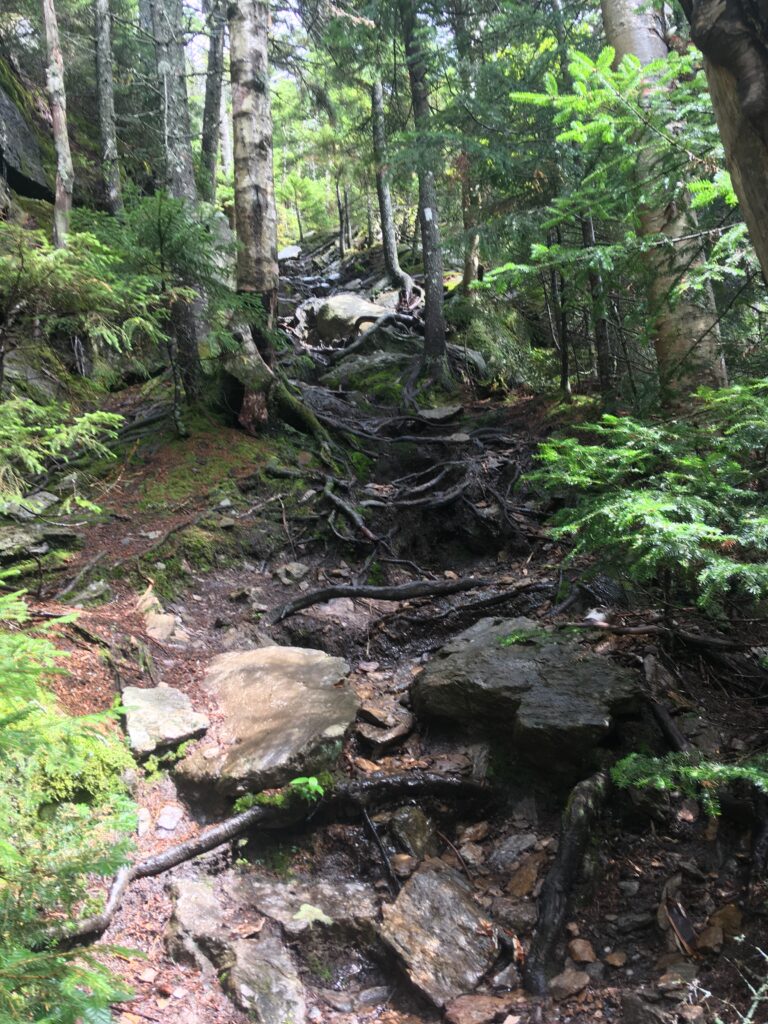
Physical
Lesson: Tough terrain is rough on my body. Despite being in decent shape, I had severe leg and feet soreness and occasionally excruciating pain in my IT band around my knee.
Plan: Continue to train. Bring more ibuprofen than I think I need. Learn how to apply KT tape for various aches and pains. Take it easy – start slow and work up to longer days. Take rest days when needed.
Lesson: My feet (still) suck. I’ve had foot issues as long as I can remember: horrible blisters, plantar fasciitis, swelling, and achilles tendonitis. My footwear has evolved over the years and currently I’m using Altra trail runners. I bought these halfway through the Colorado Trail last summer and they were a game changer – hardly any plantar fasciitis pain after switching. However, I did not fair so well on the Long Trail. The rough and bumpy trail conditions were really tough on my sad feet.
Plan: Go to physical therapy. Do daily foot exercises to strengthen feet. Bring custom orthotics. Bring a small massage ball and toe spreaders for on-trail foot maintenance.
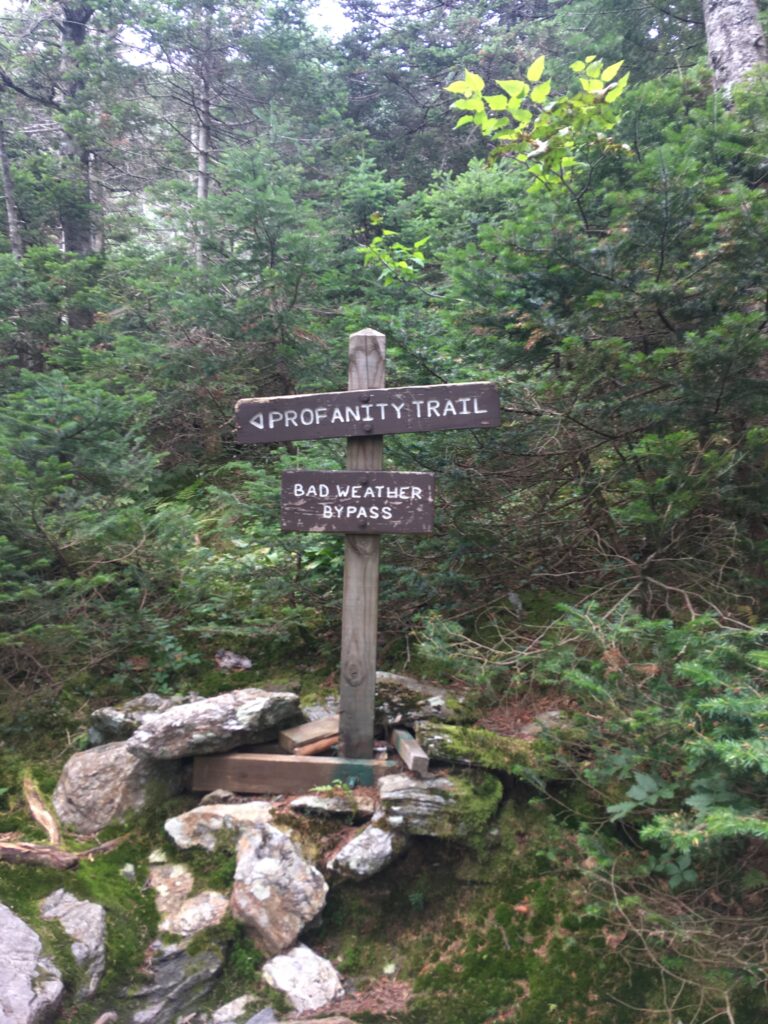
Mental
Lesson: New England is no joke. I knew this cognitively, and I even grew up in New England. But knowing and experiencing are two different things. In this terrain my usual 15-20 miles a day dwindled to 10, which was a sobering blow to my ego. This was the first hiking trip that I have ever actually considered quitting.
Plan: Know that it’ll be hard, but also know that you can do it. Set reasonable mileage expectations for the tough sections. The cool thing about a multi-month thru-hike is that time is on your side. You have a lot of flexibility in how many miles you do from day to day, and no set itinerary. So listen to your body and set your pace accordingly.
Gear
After many backpacking trips of various lengths, I mostly have my gear dialed in. That said, almost every trip prompts at least one or two micro improvements. Perfecting one’s backpacking gear is really a hobby all on its own. These are the tweaks I’ve made after the Long Trail, and may give you a glimpse into the minutia that I (and other long distance backpackers) obsess about.
- I need a new pack. This was definitely the biggest gear adjustment. I liked my previous pack but it started to fail me on the Long Trail. The lightweight frame stay snapped, and although I’ve ordered a replacement part, the pack is showing wear and tear and I know it won’t last another 2,200 miles. After much research and trial and error, I think I’ve found the right one, a Gossamer Gear Gorilla 50. It hasn’t been on any overnight trips yet, but it has felt great on some training day hikes.
- Bring a stuff sack for clothes. Hardcore ultralight backpackers often don’t bother using a separate bag for clothes – they save weight by just stuffing everything in the main body of the pack. I found that I wanted one more bag for organization so my clothes weren’t all over the place when I was setting up camp.
- Get a bigger pot. Though I really liked my pot (Toaks 700 ml), it was just a little too small to comfortably cook some of my meals. Stirring was a delicate act. I’ve since upgraded to the 900 ml version.
- I need something to wear while doing laundry. In Vermont I wore my long underwear and rain jacket. As fashionable as it was, the laundromat in August was a sauna and I just about died.
- Bring a second micro USB cord. My power bank, headlamp, and Kindle are all charged via micro USB. With a second cord I’ll be able to charge multiple devices at once when I’m charging up in town.
- Bring a tiny cloth or sponge to wipe out pot. I store my stove and fuel canister inside my cook pot, and because the pot never fully dried out after each use, they started to develop a bit of rust.
Having six months in between allowed me to utilize Black Friday and holiday sales for the new gear I had to purchase. Though I’ve added a few items to my kit, and thus increased my weight to carry, I think the conveniences gained are worth it. A few additional ounces will help me maintain my sanity while hiking for months.
The Long Trail was probably more difficult than the majority of the AT. I do generally feel well-prepared for the AT, but I must also keep a spirit of humility. I am sure my backpacking routines and gear will continue evolve. Every experience in life is an opportunity to learn and progress, little by little.

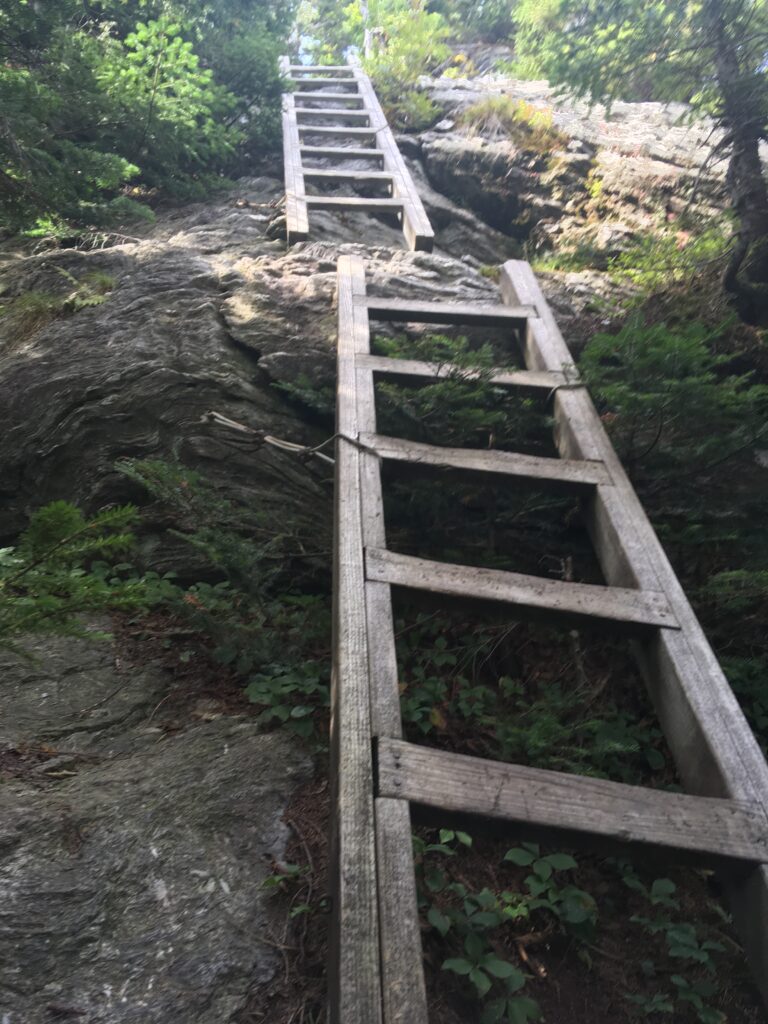
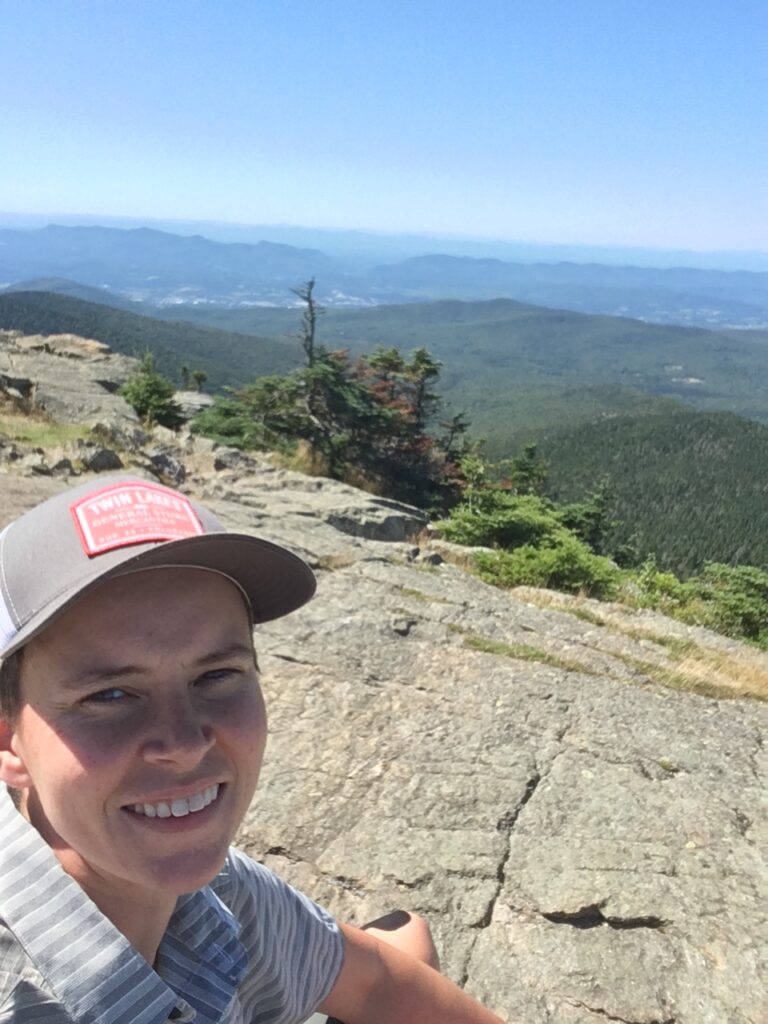
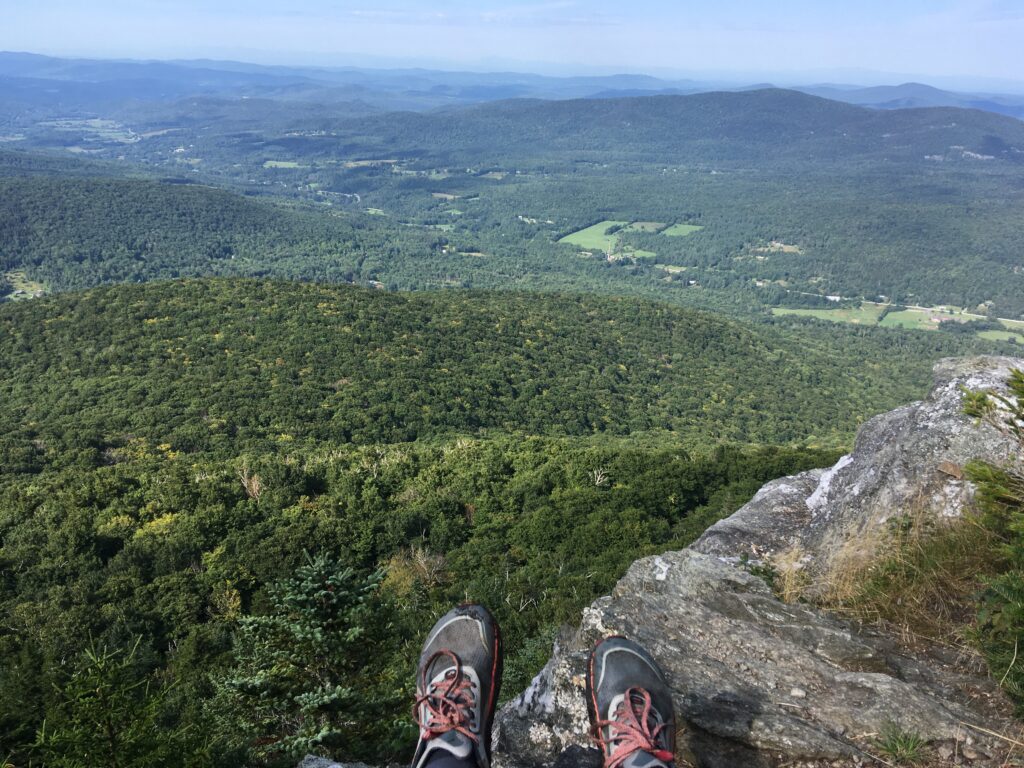
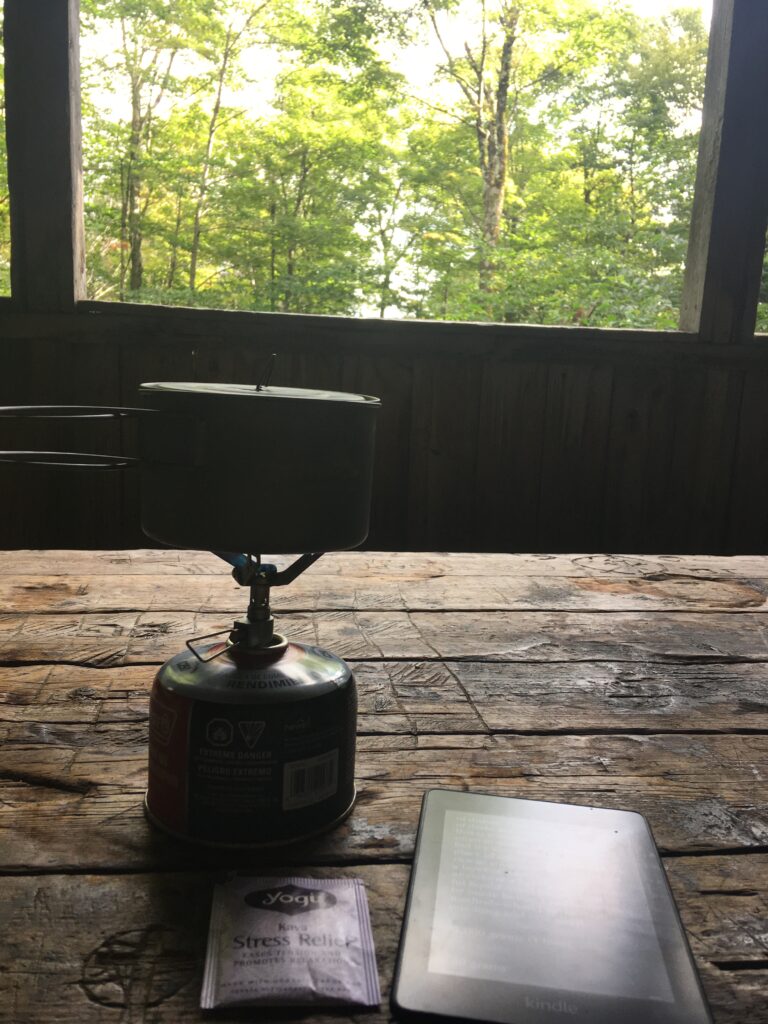


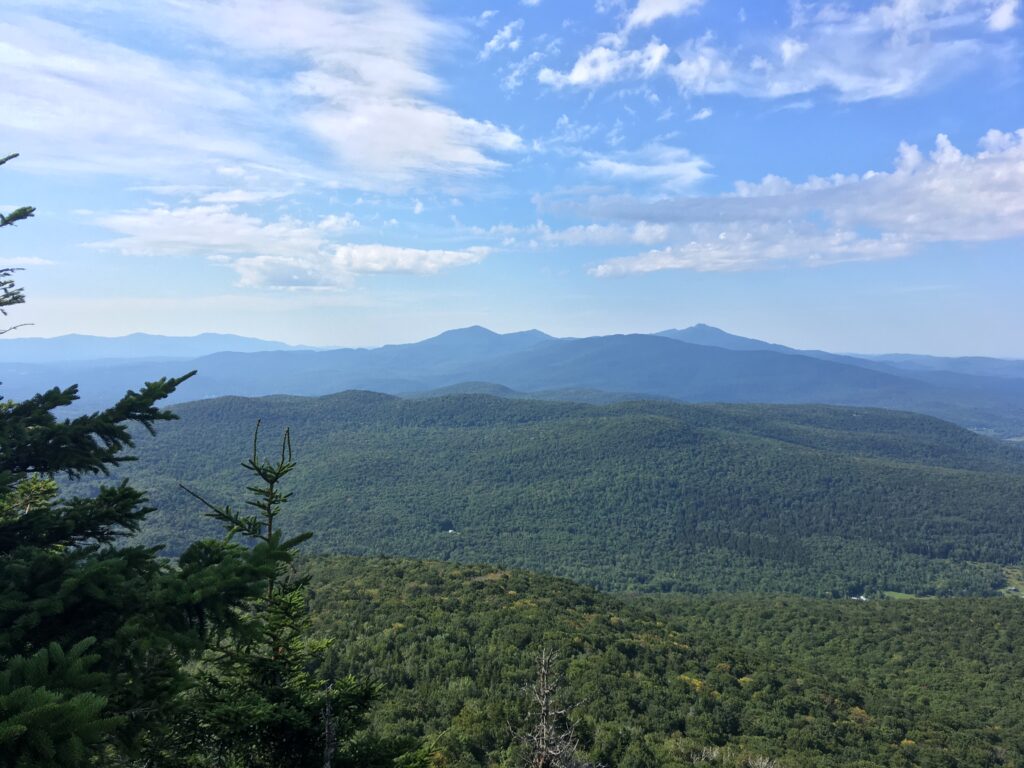
Amen to the difficulty of the Long Trail. I read a post on another blog by guy who claimed to have hiked it 12 times. The next post was, “are you nuts? “